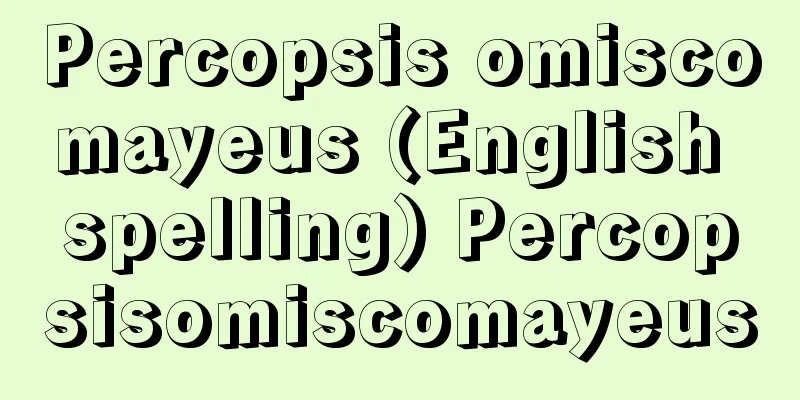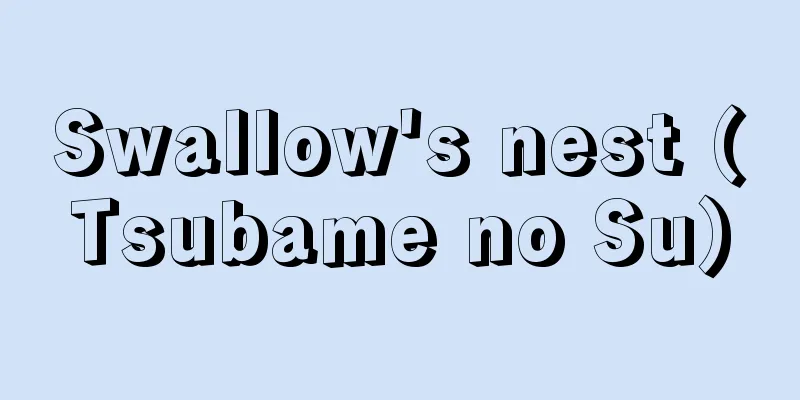Chiaroscuro (English)
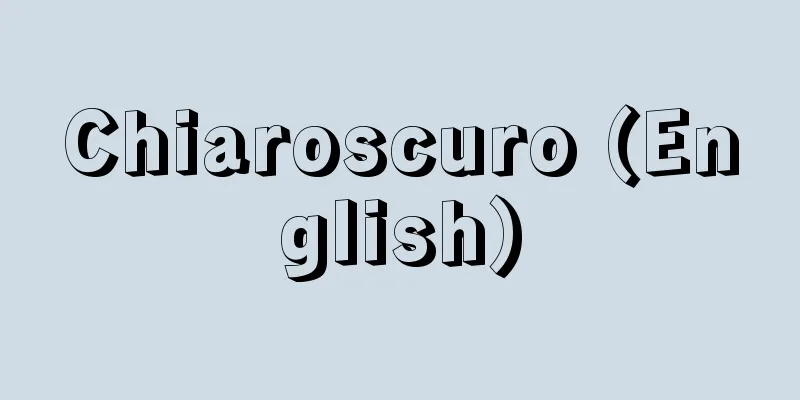
|
A term used in art. A painting technique that expresses brightness and darkness on a painting surface, using the effects of contrast, change, and balance between light and dark, light and shadow, to express the three-dimensionality of objects and the sense of perspective on the painting surface. Dramatic effects can also be created by lighting, such as contrasting light and shadow or setting a light source on the painting surface. This was used in ancient murals and realistic paintings from the Renaissance onwards as a method of expressing the relief effect of objects and people by shifting from light to dark areas. In relation to the so-called modre technique, it was highly valued, especially in oil paintings, for expressing the realistic optical illusion of objects and for its formative effect. For example, in classical paintings by the Van Eyck brothers, the light and dark areas were sketched out with fine lines of a hard pen, and then colored on top of them, but in the mature Renaissance, the chiaroscuro of Leonardo da Vinci was used, where the base was first drawn in shades of a single color (brown) and then colored on top of it.The Venetian school captured the subject with the contrast between light and dark, and rearranged this into a contrast between transparent and opaque colors to express a sense of space and form. Chiaroscuro, an Italian word meaning chiaroscuro, is also used as a term in printmaking (in this case, it is called camaïeu in French). It is a technique in which, in relief printing such as multicolored woodblocks and linoleum prints, highlights are left white and plates of different brightness are printed on top of each other to emphasize the relief effect of the subject. This technique was first used by 15th-century Italian printmakers Ugo da Capri (c. 1480-c. 1520) and Nicolo Vicentino, in which one block is used as an accurate sketch to reproduce the composition or object, and the other blocks are used as color blocks to emphasize the relief effect of the object or person, regardless of the exact outline of the composition or object. In the case of Capri, for example, he printed a rough sketch in black on grey paper, over which he superimposed a white plate showing the mid-tones and shadows, to give the effects of light and dark, fillet, and relief in portraits, and to reproduce images by Raphael and others. Furthermore, the terms chiaroscuro and camaitre can also be used to refer to monochromatic painting, which is a painting or drawing made using only the shades of one color of paint, or a drawing on colored paper with white highlights. They are often used almost synonymously with monochromy, but the difference is that monochromy does not require shades of light or dark, as long as it is made using only one color of paint. [Kimio Nakayama] Source: Shogakukan Encyclopedia Nipponica About Encyclopedia Nipponica Information | Legend |
|
美術用語。明るさと暗さを画面上に表す絵画技法の一種で、明と暗、光と影の対比・変化・均衡がもたらす効果を用いて、物体の立体感、画面における遠近感を表現する。また、光と影の対比や光源を画面に設定するなど、照明によって劇的効果を描き出すこともできる。これは、古代壁画、あるいはルネサンス期以降の写実的絵画において、事物、人物などの対象の浮彫り的効果を、明部から暗部への移調によって表現する手法として行われ、いわゆる肉づけ(モドレ)の手法と関連して、事物の写実的錯視を表すためにも、造形的な効果としても、とくに油彩画できわめて重視された。たとえば、ファン・アイク兄弟らの古典絵画では、硬筆の精細な線を用いてその粗密で明暗部を下書きし、その上に彩色する手法をとっているが、ルネサンスも熟すると、レオナルド・ダ・ビンチの明暗法といわれる単色(褐色)の濃淡であらかじめ下地を描き、その上に彩色するようになる。そしてべネチア派では、明部と暗部の対比で対象をとらえて、これを透明色と不透明色の対比に組み替えて、空間と造形感を表出している。 明暗法を意味するイタリア語の「キアロスクーロ」は、版画用語としても用いられている(この場合フランス語ではカマイユcamaïeuという)。これは、多色刷りの木版、リノリウム版画などの凸版において、ハイライトの部分を白抜きにして、明度の異なる版を重ね刷りし、対象の浮彫り的効果を強調する手法をいう。15世紀イタリアの版画家ウーゴ・ダ・カプリUgo da Capri(1480ころ―1520ころ)や、ニコロ・ビチェンティーノNicolo Vicentinoたちによって用いられ始めた手法で、版木の一枚は構図・事物を再現する正確なデッサンとし、他の版木は、構図や事物の正確な輪郭とは無関係に、事物や人物の浮彫り的効果を強調するための色版とするものである。たとえば、カプリの場合には、灰色の紙の上に黒でおおよそのデッサンを刷り、その上に、中間部と陰影の調子を示す白の版を重ねて、肖像画などの明暗、肉づけ、浮彫りの効果を表し、ラファエッロなどの画像の複製に用いている。 さらに、キアロスクーロとカマイユの用語は、単色明暗画をさして用いられることがある。これは、ただ一色の絵の具の明暗だけで描いた絵または素描、あるいは色のついた紙に素描したものに白でハイライトを施した絵のことである。墨などによる単彩画(モノクロミーmonochromy)とほとんど同義語として用いられることが多いが、単彩画は明暗の諧調(かいちょう)がなくても、単色の絵の具だけで描かれていればよい点に相違がある。 [中山公男] 出典 小学館 日本大百科全書(ニッポニカ)日本大百科全書(ニッポニカ)について 情報 | 凡例 |
<<: Record of Visits to Ming and Yi
Recommend
Mishima [town] - Mishima
A former town in Santo District, central Niigata P...
Narva (English spelling)
A river port city in the northeastern tip of Eston...
Silingen
…In addition to the three cities mentioned above,...
Chills - Mom
〘 noun 〙 A chill that makes the whole body shiver ...
Gien
...He took on Zeami's nickname Saburo, and wa...
Inano Omura Tomb - Inano Omura Tomb
…There are cases where the cremation site is used...
Haikai Mondo
A treatise on haiku. Starting with the letter sent...
Carbonia - Carbonia
...Many of those who were engaged in livestock fa...
Takeji Miki
Year of death: January 10, 1908 (Meiji 41) Year of...
rôtisseur (English spelling)
… [Shinichi Suzuki] [Europe] French cuisine has l...
Emery, FE - Emery
…He became world famous for fully introducing L. ...
Ryoto
A haiku poet from the mid-Edo period. His real na...
Oroshi (mine) - Oroshi
...The inclined shaft or vertical shaft is dug 35...
Alalakh (English spelling)
An ancient city located in the Orontes River basin...
Obelia plana (English spelling) Obeliaplana
… [Minoru Imajima]. … *Some of the terminology th...

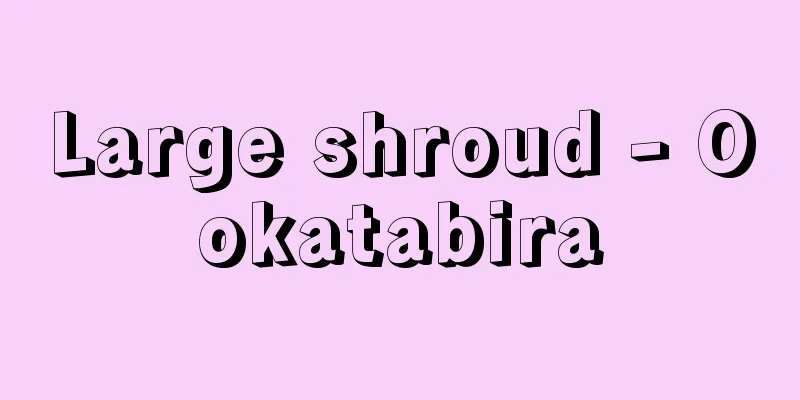
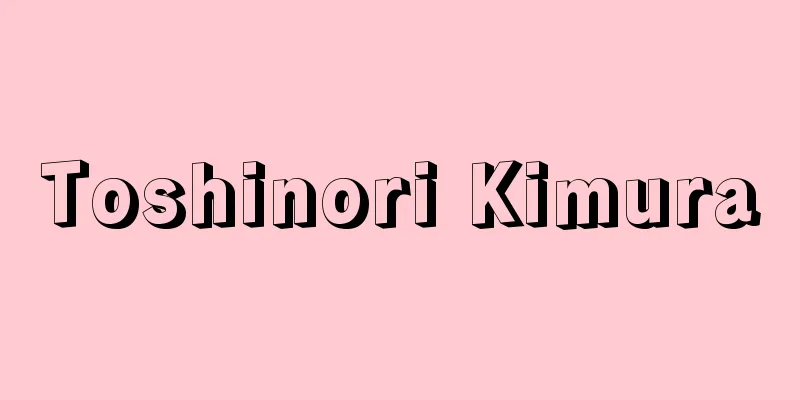
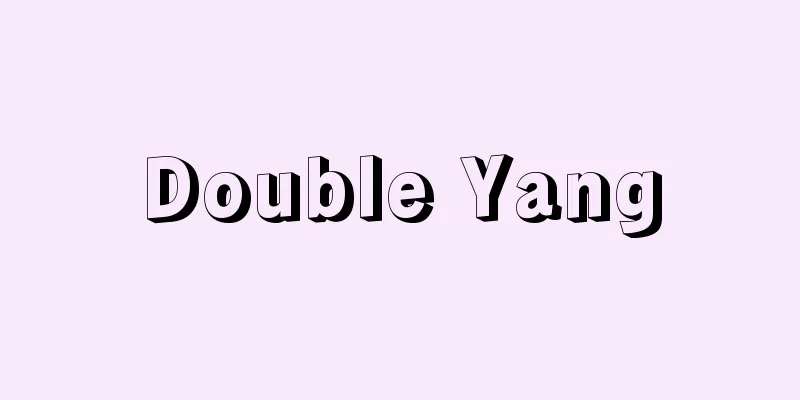
![Fukuda [town] - Fukude](/upload/images/67ccb09e5f209.webp)

